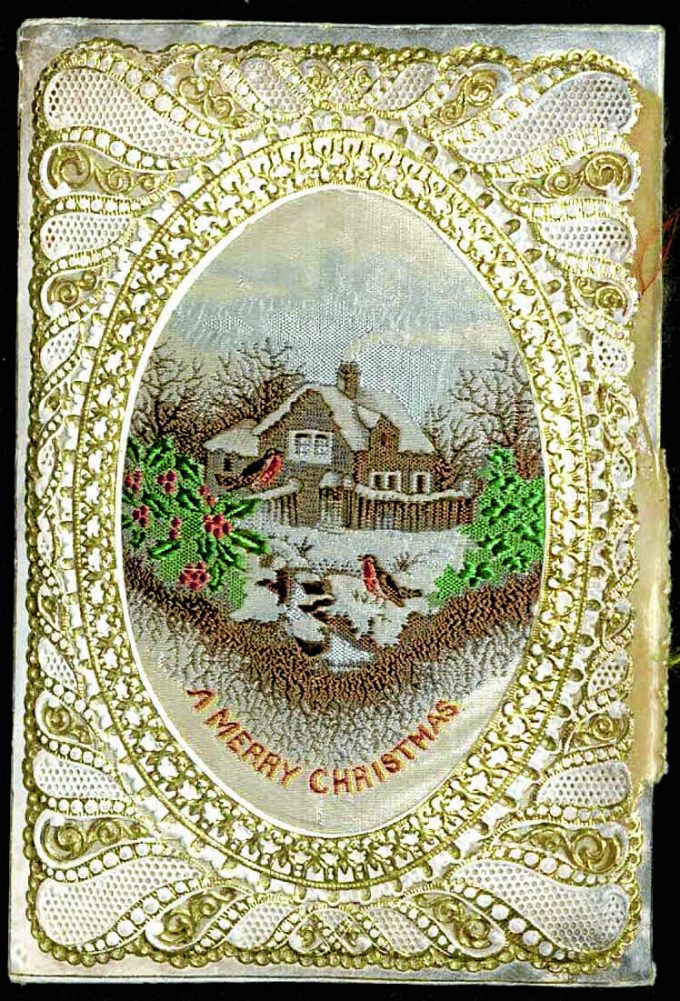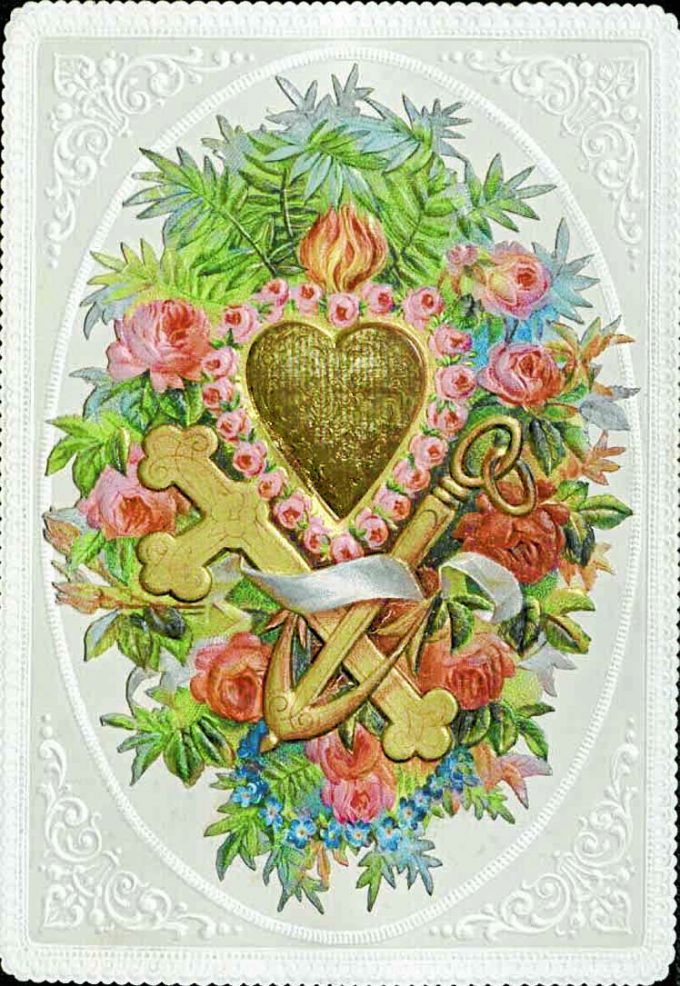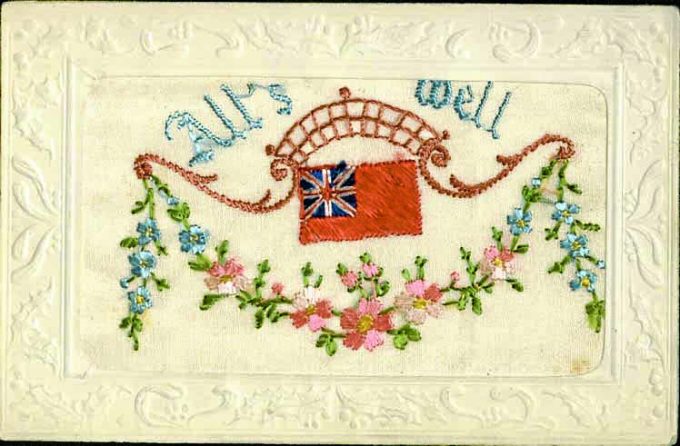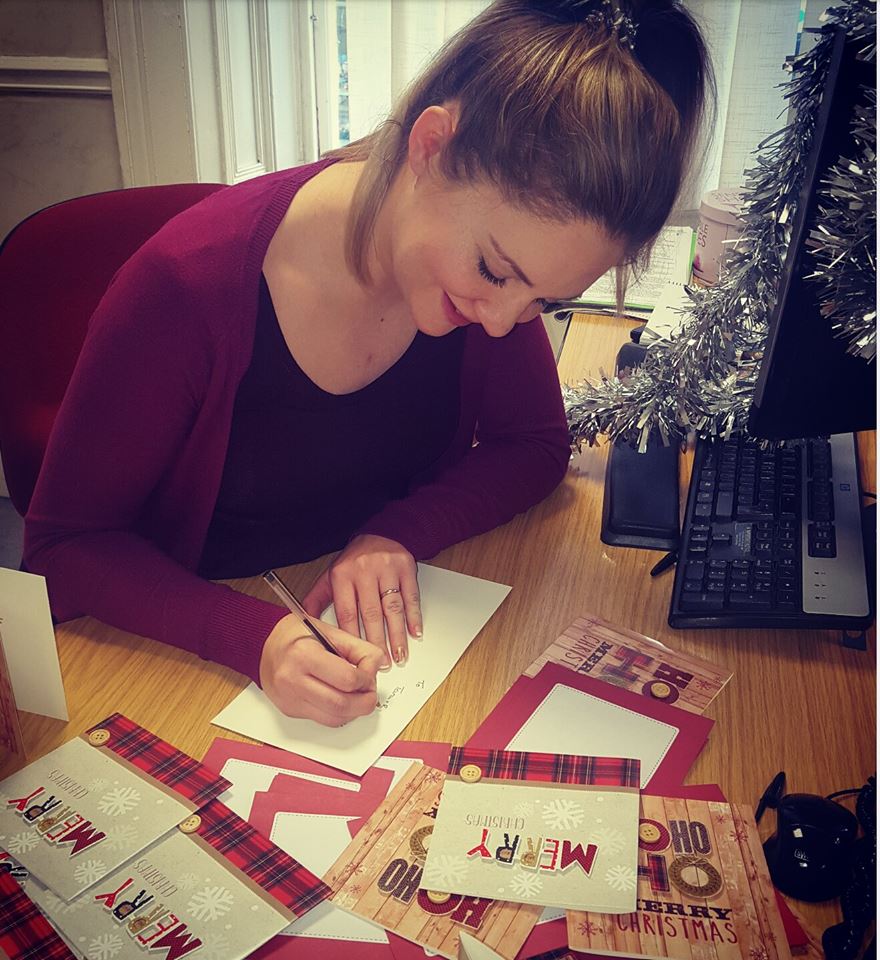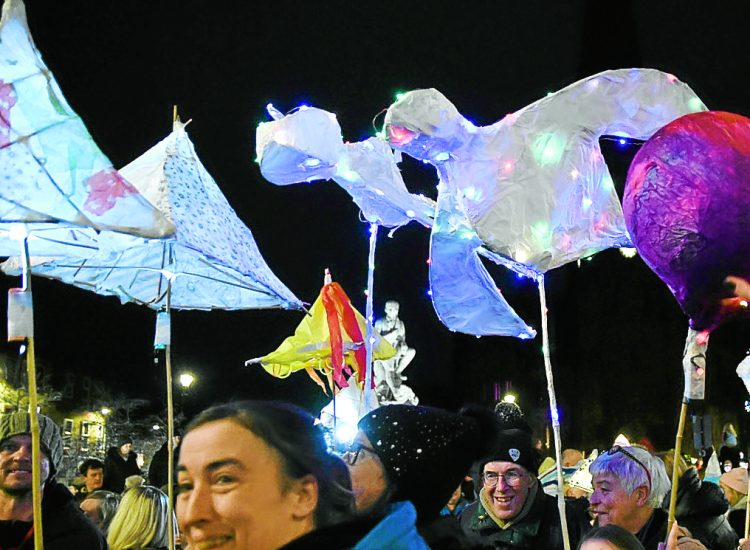I bought my cards in October with grand plans to have them written, addressed, stamped and ready to post come December.
But they are still in the packaging. In the carrier bag. In the attic room.
Oh well.
Before I begin writing them I need to update my Christmas card list.
In the last year I have made lots of new friends, old friends have had babies and some have moved house — lots of changes to be made.
The there are the kids from nursery —\!q do I need to send them cards on behalf of my son?
Will two- year-olds care?
I don’t want to be the ‘slummy mummy’ so I guess I should draw up a list of toddlers to write to . . .
I did try to start the cards last weekend, but I can’t find last year’s box of cards and that box contains the list of who I have written to in the past.
So before I write this year’s greetings I need to write a new list of recipients . . . I hope I don’t forget anyone!
In the past I have ended up with a stack of about ten unposted cards littering my car in January . . . I promise myself that this year I will have them all delivered well in advance of December 25!
History of the Christmas card
THE world’s first Christmas card was commissioned by Sir Henry Cole in 1843.
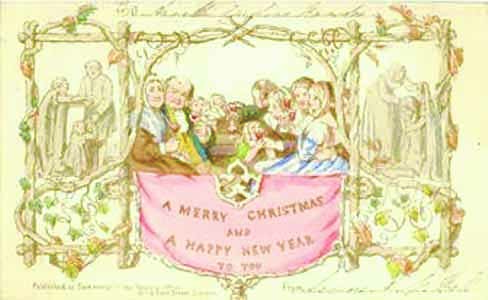
INAUGURAL . . . the world’s first Christmas card
And 172 years later, research has found that receiving and sending traditional Christmas cards, rather than a e-card or social media message, is still popular with a large majority of people (75 per cent).
The survey by One Poll, commissioned by Royal Mail, also found that snow scenes are the most popular designs, followed by humour, Nativity and a Christmas tree.
On average people send 16 cards each, however women tend to send more than men.
Over a third feel like it is finally Christmas when they start to receive cards.
And by now, 30 per cent have completed their Christmas card list.
Stephen Agar, managing director, consumer and network access for Royal Mail, said: “From the very first cards that we helped send back in 1843 to the millions of Christmas cards we handle each year, we are proud to still be delivering season’s greetings across the UK over 170 years later.”
Sharon Little, chief executive of the Greeting Card Association, said: “Christmas cards epitomise all that Christmas represents to us in the UK. They are all about keeping in touch, keeping the emotional connection, reaching out to spread caring and goodwill at Christmas time.
“People value being sent real Christmas cards and being surrounded by these tokens of caring as part of their Christmas decorations in the home.”
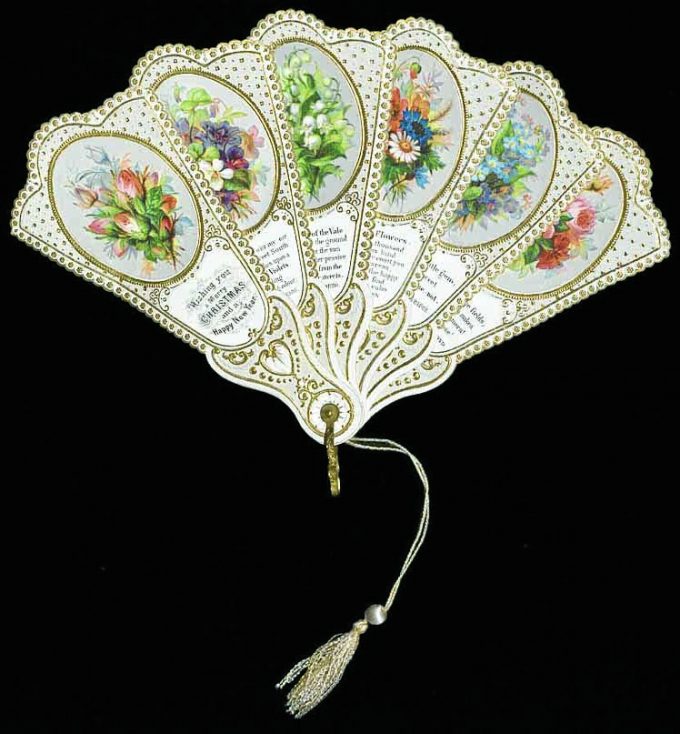
ACROSS Europe, people have distributed wood prints with religious themes for Christmas since the Middle Ages.
However, the custom of sending Christmas cards as we know them today started in Britain from 1840, when the first “Penny Post” public postal deliveries began,
And the first actual Christmas card was commissioned in 1843 by Sir Henry Cole and designed by John C Horsley.
Only 1000 were was printed and then hand-coloured and sold for a shilling each, making it a luxury item.
Cards, like the penny post, were designed to encourage people to post more but initially they garnered little enthusiasm. People were concerned that the card’s central illustration focused on the merriment of the season, rather than more charitable endeavours such as clothing the poor and feeding the hungry.
But by 1860, the custom of sending Christmas cards was well established in Britain and it quickly grew in popularity.
When Christmas cards were first used the predominant colour was green to reflect evergreen plants such as holly, ivy and mistletoe. These plants were used to decorate and brighten up buildings during the long dark winter.
In the mid to late 1800s, robins started to grace the front of cards and by the late 19th century more intricate designs were appearing.
Cards sent from the Western Front during WWI offered hand-stitched festive greetings, whereas the era of rationing was reflected in cards sent in 1940 during WWII.
Christmas cards in the 1950s and 1960s were more simply illustrated with plainer colours and patterns, matching the zeitgeist.
Then from 1980 to the present day, there has been a shift towards humour and satire.
Although the designs over the past few years have had a greater emphasis on contemporary rather than traditional imagery, the message of spreading Christmas wishes has stayed the same.
*Images courtesy of the British Postal Museum and Archive
